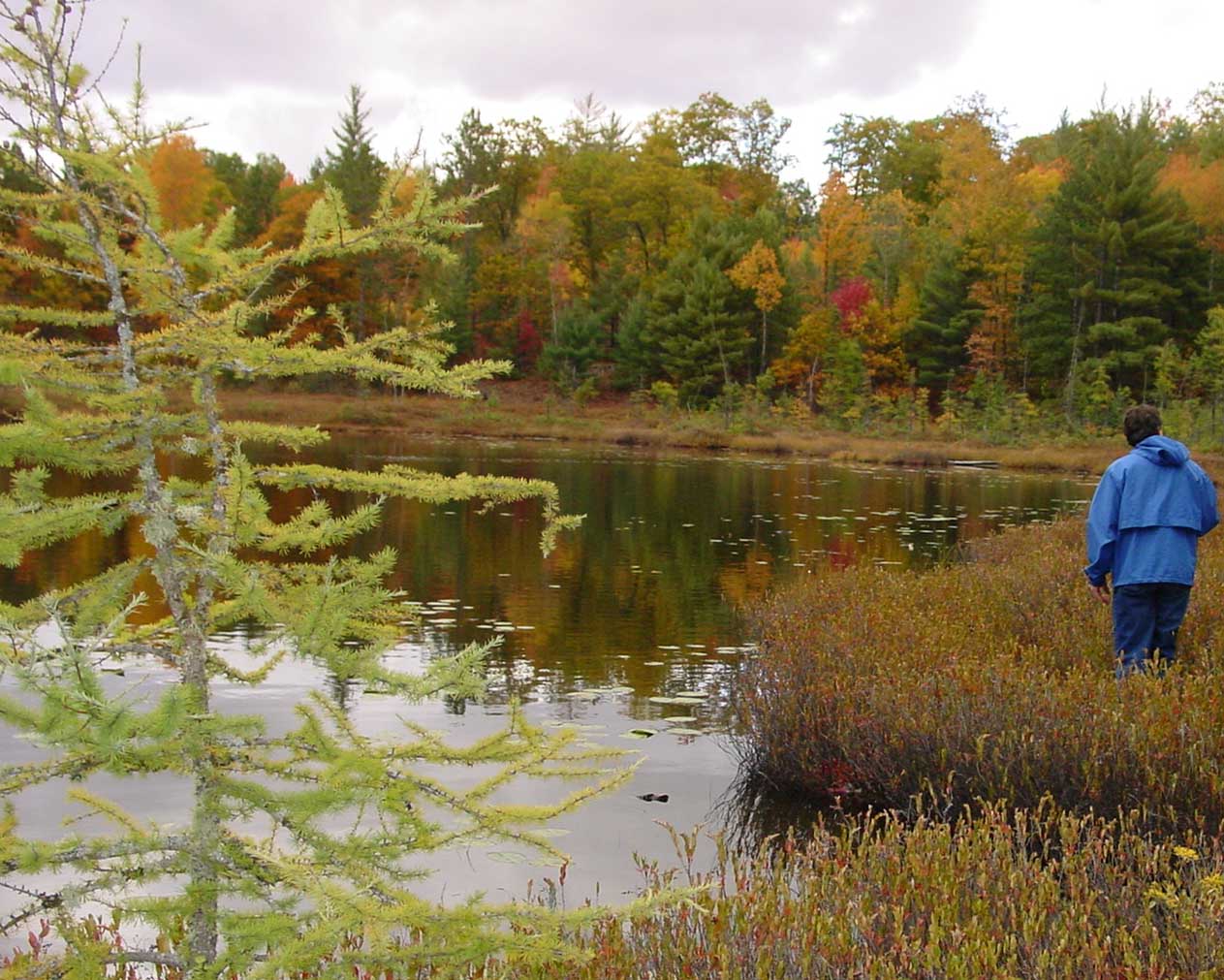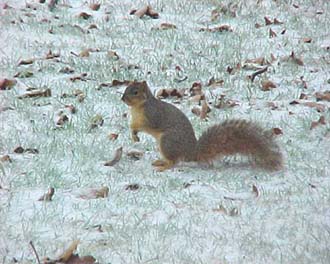Course Home Page
 Environmental physiology, sometimes used interchangeably with physiological ecology, is the study of the morphological and physiological characteristics of organisms that enable them to function within a specific set of environmental factors. Ecology is a discipline that seeks to explain the distribution and abundance of organisms. Physiological ecology is a sub-discipline of ecology that utilizes physiological approaches to identify mechanisms and interactions that account for the distribution of species.
Environmental physiology, sometimes used interchangeably with physiological ecology, is the study of the morphological and physiological characteristics of organisms that enable them to function within a specific set of environmental factors. Ecology is a discipline that seeks to explain the distribution and abundance of organisms. Physiological ecology is a sub-discipline of ecology that utilizes physiological approaches to identify mechanisms and interactions that account for the distribution of species.
Course description:
A study of physiological mechanisms and adaptations by which plants and animals regulate life processes in response to light, temperature, moisture, and chemicals in their environment. The "winter phase" of the course emphasizes physiological ecology with a focus on how organisms adjust to this stressful season. The spring phase considers how organism-environment relationships account for distribution and activity of species within the wider context of biotic communities and bioregions of eastern North America. We will meet three times per week for lecture-discussion and participate in one 3-hr laboratory per week. Compensation for time devoted to winter and spring trips will be provided both by cancelled lectures and labs.
 Approach:
Approach:
Physiological ecology is the principal focus of the "winter portion." The course begins with field and laboratory studies of adaptations to winter at the organismic and cellular levels and includes a travel study experience in the “North Woods.” Spring emphasis shifts to field ecology with emphasis on distribution of life and related issues at the global, bioregional, and local levels. Three lectures and one 3-hour laboratory per week.
Textbooks:
You will need to obtain the following textbooks for the course:
Peter .J. Marchand. 1996. Life in the Cold: An Introduction to Winter Ecology, 3rd ed. Univ. Press of New England, Hanover, NH.
Barnes, B.V. and W.H. Wagner. 1981/2004. Michigan Trees. U. Michigan Press, Ann Arbor, MI.
Molles, M.C. Jr. 2008. Ecology: Concepts and Applications , 4th ed. McGraw-Hill, Boston, MA
You may have retained the latter two texts from your use in BIO 2500 General Botany.
Your use of these texts will be supplemented with several assigned articles and you will have opportunity to select one or more articles from the primary journals that address specific physiological ecology topics.
Winter in the "North Woods" -- Advanced Preparation
One of the highlights of Environmental Physiology & Ecology, is the opportunity, God willing, to experience winter in the "Great North Woods" of the northern lower peninsula of Michigan during a four-day trip from a Thursday to a Sunday, in February. For these Winter days, my prayer is that we will experience both physiologically, academically, and spiritually a great time in a part of the Earth that receives up to eight feet of snow in January alone. Temperatures vary from 25 to -25 F, but due to the dense forest, wind chill is minimal and we will be able to enjoy the beauty of crisp winter days in a beautiful landscape of conifers, birches, and aspens.
There are a few advanced preparations which you may wish to consider as you complete your Christmas "wish list." Please click on the left sidebar above, under "Laboratory Resources" to read more details about personal supplies that will be needed for this travel study experience.
 Environmental physiology,
Environmental physiology, 